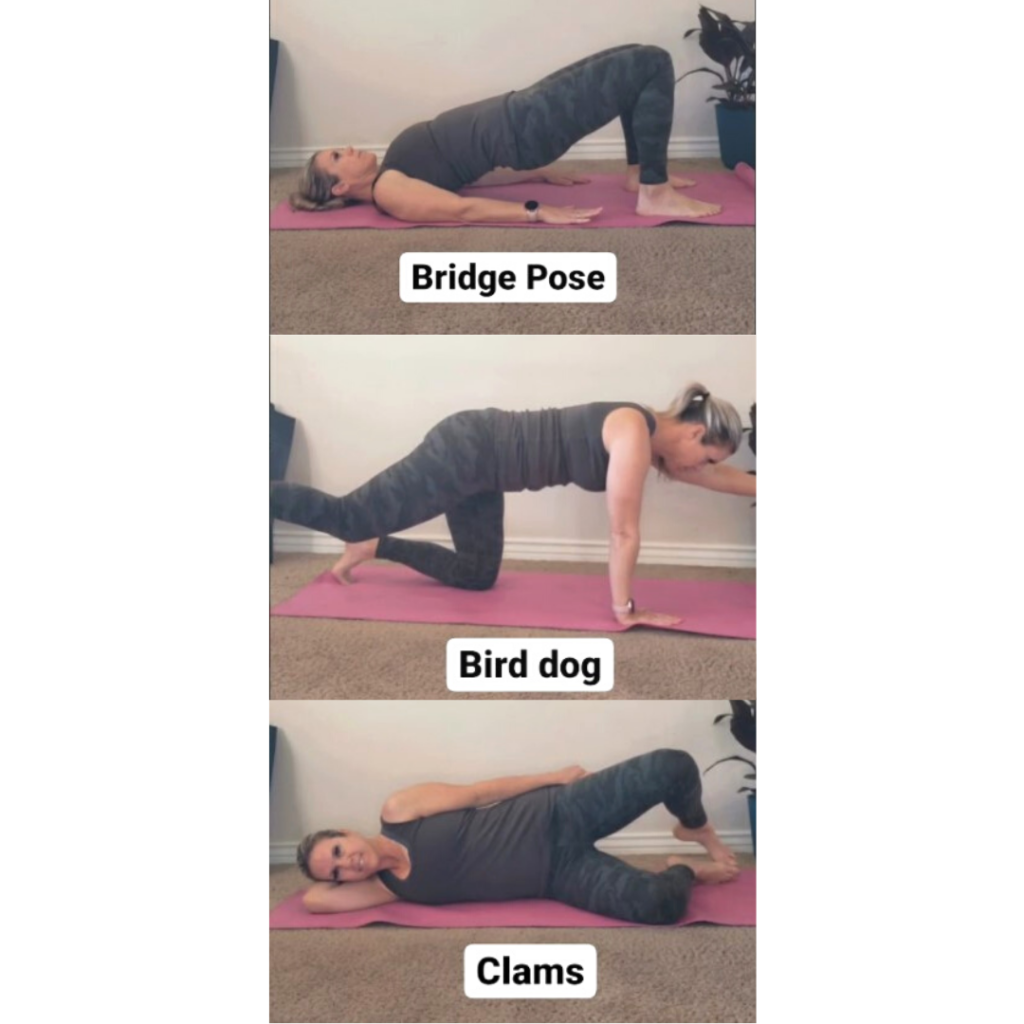Are you putting off yoga or going for a run because you know once you start you will feel vaginal pressure?
The pressure that’s there at the end of each day or after coughing. Sometimes the pressure feels like a tampon that’s not in all the way, the need to pee, or its urinary leakage?
Or, more quietly, are you having intercourse and not achieving arousal because truth be told you think things aren’t like they used to be down there?
Weak or hypotonic pelvic floor muscles may be to blame.
A hypotonic pelvic floor describes pelvic floor muscles that are too weak to properly support your bowel, bladder and uterus. Support is one of your pelvic floor’s main functions. When your muscles are weak and unsupportive exercises like running, jumping, and lifting heavy weights can make matters worse.
Symptoms related to a Hypotonic Pelvic Floor:
- Urinary incontinence (needing to go often, never feeling empty)
- Vaginal laxity
- Arousal dysfunction
- Uncontrollable leaking, passing of gas
- Queefing
- Pelvic Organ Prolapse
- Back pain

Hypotonic pelvic floor symptoms range from simply leaking when you sneeze to lower back pain, or pelvic organ prolapse: when the muscles are so weak, the organ wall begins to fall down into the vaginal opening.
Another one of the pelvic floor’s main duties is achieving sexual arousal. Thus, when your pelvic floor muscles do not properly contract and loosen (think stretch and tighten) optimal intercourse or arousal is hard to achieve.
There are two main causes for a weak pelvic floor: age and childbirth. Other causes may be the lack of strengthening pelvic floor muscles over time or excessive pressure like a chronic cough or excess weight.
Before we recommend treatment for strengthening your pelvic floor muscles, you may be wondering why it is so important to treat weak muscles?
Stronger pelvic floor muscles yield control.
By treating your hypotonic pelvic floor you will be able to:
- workout without leaks or passing gas
- achieve optimal arousal with a functional pelvic floor that opens and relaxes with intercourse
- support a natural and smooth delivery and recovery
- support your internal organs from descending the vaginal opening
Opening and relaxing is also important if you are preparing to give birth, or recover from giving birth.
By design, the pelvic floor should revert to its function post birth. If it does not, treatment for a hypotonic pelvic floor would be not only helpful but essential before symptoms worsen.
Here are my favorite at-home low-impact exercises to strengthen your pelvic floor:
1. BRIDGEPOSE: lying on your back with knees bent and point to the ceiling, push into heels as you lift hips to the sky.
2. CLAMS: coming onto your side, bend knees and open with top knee and then bring legs back together.
3. DIAPHRAGMATIC BREATHING WITH LEGS SUPPORTED: Sitting on a chair or birthing ball, take a big inhale through your nose and exhale through your nose.
4. BIRD DOGS: Come onto hands and knees reach right arm forward and extend left leg straight back. Draw right elbow and left knee under core as you round spine, then extend each outward and repeat. Progress with opposing arm and leg extending, and then drawing inwards and upwards.









